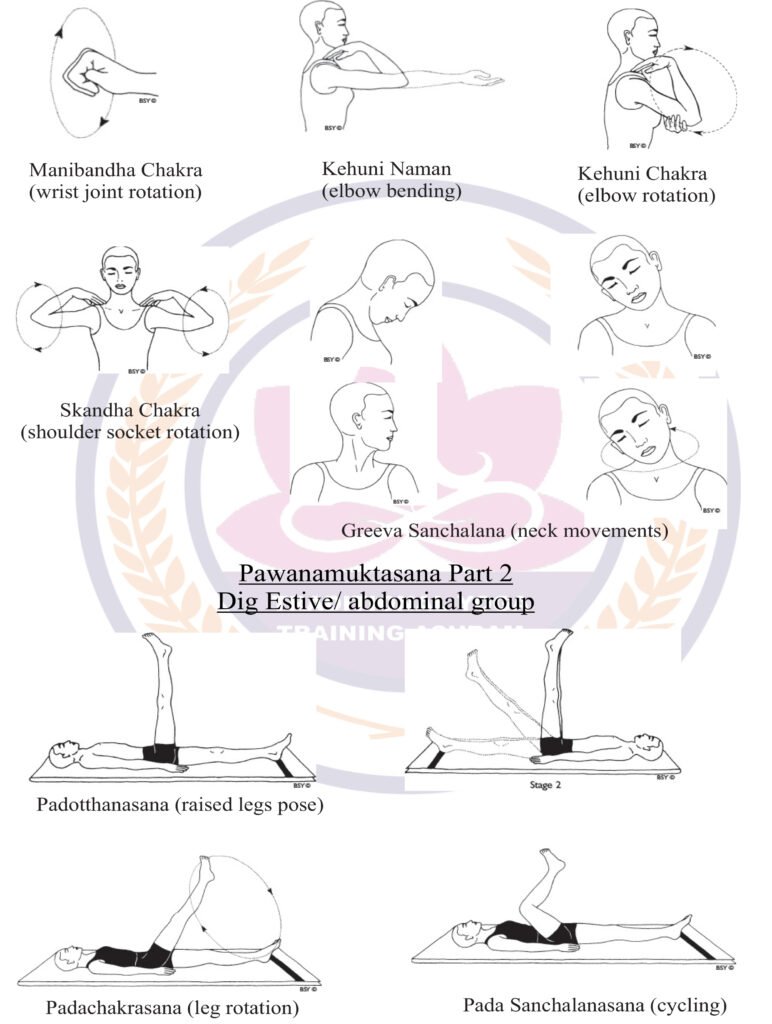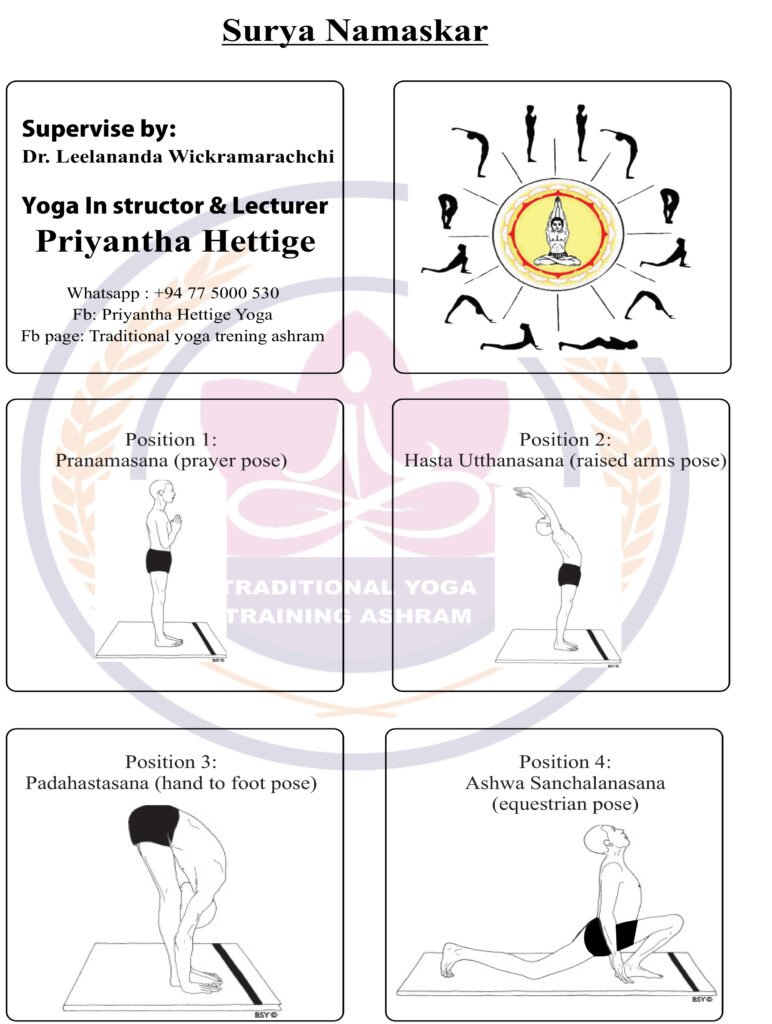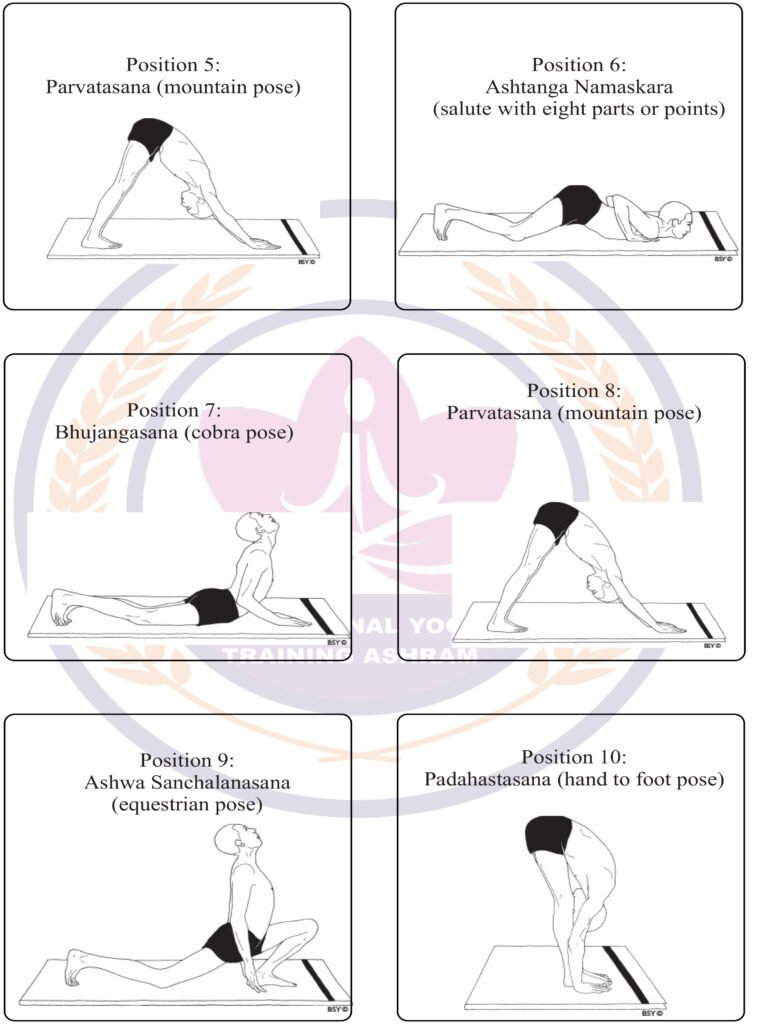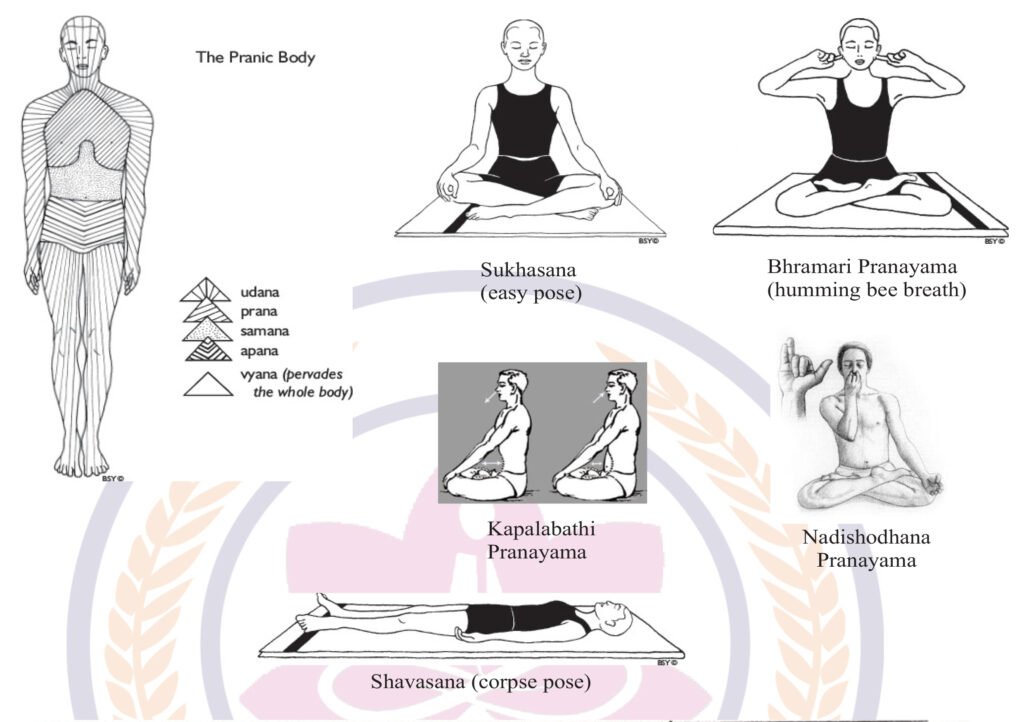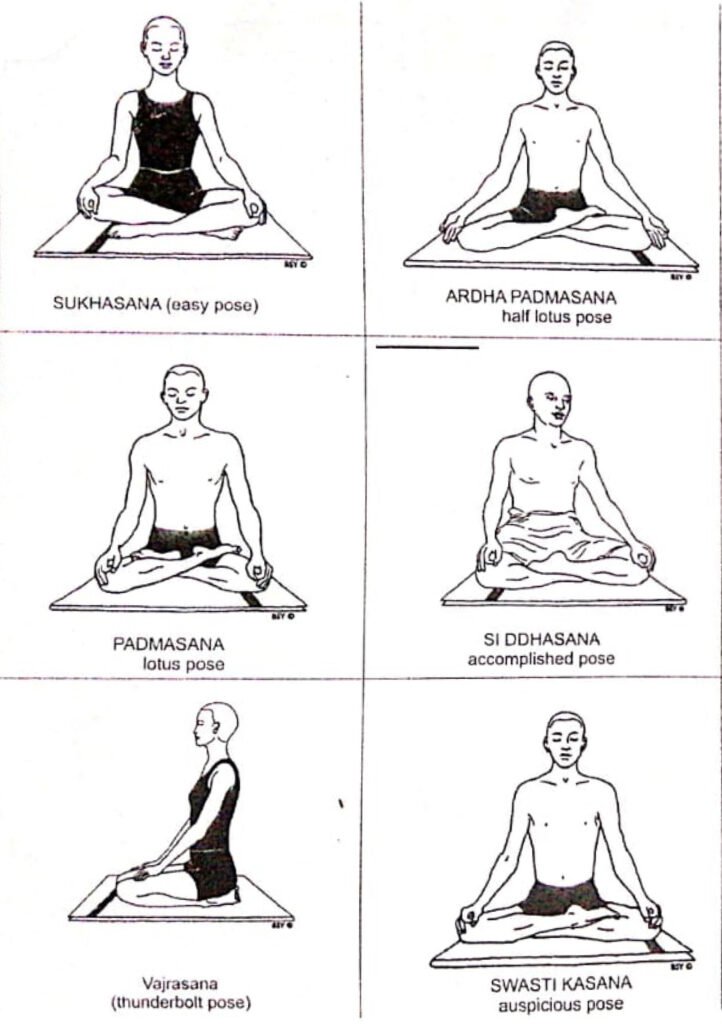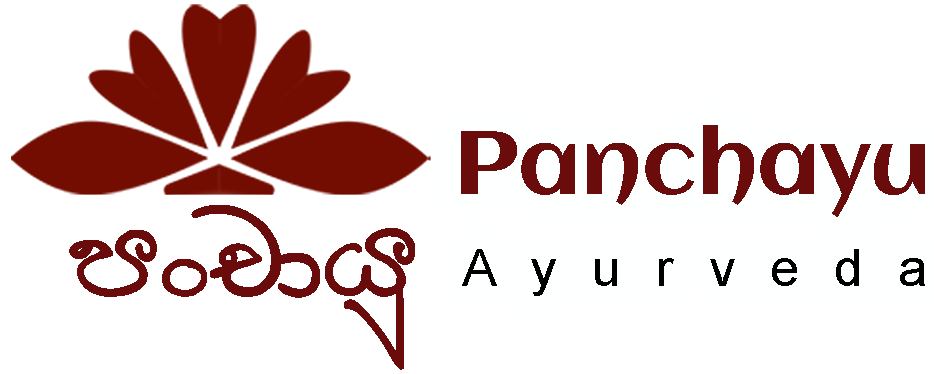Asana Pranayama Mudra Bandha
Introduction to Yogasana
In the Yoga Sutras of Pata11jali there is a concise definition of yogasana: “Sthiram sukham aasanam “, meaning ‘that position which is con1 fortable and steady’. In this context, asanas are practised to develop the ability to sit comfortably in one position for an extended period of time, an ability necessary for meditation. Raja yoga equates yogasana to the stable sitting position.
The hatha yogis, however, found that certain specific body positions, asanas, open the energy channels and psychic centres. They found that developing control of the body through these practices enabled them to control the mind and energy. Yogasanas became tools to higher awareness, providing the stable foundation necessary for the exploration of the body, breath, mind and higher states. For this reason, asana practice comes first in hatha yoga texts such as Hatha Yoga Pradipika.In the yogic scriptures it is said that there were originally 840,000 asanas, which represent the 840,000 incarnations every individual tnust pass through before attaining liberation from the cycle of birth and death. These asanas represented a progressive evolution from the simplest form of life to the most complex: that of a fully realized human being. Down through the ages the great rishis and yogis modified and reduced the number of asanas to the few hundred known today. Of these few hundred, only the eighty-four most useful are discussed in detail. Through their practice, it is possible to side-step the karmic process and bypass many evolutionary stages in one lifetime.

Pawanmuktasana Series
The pawanmuktasana series is one of the most important groups of practices that has a very profound effect on the human body and mind and is thus a most useful tool for the yogic management of various disorders and maintenance of health. It is one of the special contributions of the teachings of Swami Satyananda Saraswati. It is essential for laying a firm foundation for the perfection of yogic asanas. Pawanmuktasana is valuable for understanding the meaning of asana by developing awareness of the body’s movements and the subtle effects they have at the various levels of being. It is very useful as a preparatory practice as it opens up all he major joints and relaxes the muscles of the body. The series may be pracised by anyone: beginner or advanced, young or elderly. It should never be ignored and treated casually just because the practices are simple, gentle and comfortable.
In Sanskrit these practices are referred O as sukshma vyayama, which means ‘subtle exercise. The word pawan nleans ‘wind’ or ‘prant mmONta means ‘release’ and asana means ‘pose’. Therefore, pawanmuktasana means a groun of asanas that remove any blockages preventing the free flow of energy in the body and mind Sometimes, due to bad posture, disturbed bodily functions, psychological or emotional problems Of an unbalanced lifestyle, the energy becomes blocked. This initially results in stiffness, muscular ension, lack of proper blood flow and minor functional defects. However, if these blockages become chronic, a limb, joint or physical organ may malfunction, fail or beconle diseased Kegular practice of pawanmuktasana removes energy blockages trom the body and prevents hew ones from fanning. In this way, it promotes total health, regulating and stabilizing the flow of energy throughout the body.
Mind-body aspect
Most modern day diseases are psychosomatic in nature. Drug treatment of these aiments is only symptomatic and fails to touch the roots of the disease. These asanas, if done corectly, in a non-competitive and relaxed atmosphere, not only relax the muscles of the body, but these relaxing impulses travel back to the brain and relax the mind. By integrating the breath synchronization and awareness, the attentive faculty of the mind is made active and is not allowed to wander into tension and stress. The nature of these asanas is thus more mental than physical. If asanas are performed correctly they relax the mind, tune up the autonomic nerves, hormonal functions and the activities of internal organs. Right-handed people will generally fmd that these asanas are casily learned with the right side leading. They should then be performed with the left side leading to counterbalance the effects of habitual behavior patterns.
Three groups
Pawanmuktasana is diYided into three distinct groups of asanas: the anti-rheumatic group, the digestive/abdominal group and the shakti bandha group to release energy blocks. All three groups supplement each other, stimulating and encouraging a free flow of energy throughout the body. Practitioners are advised to perfect each group before attempting the major asanas. Daily practice of pawanmuktasana parts 1,2 and 3 over a period of months brings about a profound relaxation and toning of the entire psycho-physiological structure which is necessary for the practice of advanced techniques. The asanas in each group should be performed in the order given. Advanced yogasanas are frequently physically demanding and have a powerful effect on the body and mind. It is essential to respect this and preparé coi Tectly.
Pawanamuktasana Part1
ANTI-RHEUMATIC GROUP
This group of asanas is concerned with loosening up the joints of the body. It is excellent for those debilitated by rheumatism, arthritis, high blood pressure, heart problems or other ailments where vigorous physical exercise is not advised. It is particularly useful for eliminating energy blockages in the joints of the physical body, and for improving. coordination, self-awareness and sel-confidence.

